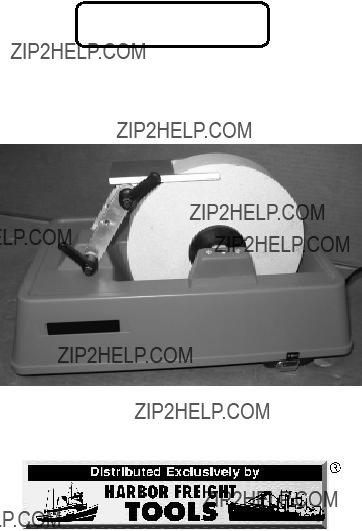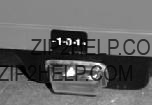8.Do not abuse the Power Cord. Never use the Power Cord to carry the tool or pull the Plug from an outlet. Keep the Power Cord away from heat, oil, sharp edges, or moving parts. Replace damaged Power Cords immediately. Damaged Power Cords increase the risk of electric shock.
9.When operating a power tool outside, use an outdoor extension cord marked ???W-A??? or ???W???.
These extension cords are rated for outdoor use, and reduce the risk of electric shock.
Personal Safety
10.Stay alert. Watch what you are doing, and use common sense when operating a power tool. Do not use a power tool while tired or under the influence of drugs, alcohol, or medication. A moment of inattention while operating power tools may result in serious personal injury.
11.Dress properly. Do not wear loose clothing or jewelry. Contain long hair. Keep your hair, clothing, and gloves away from moving parts. Loose clothes, jewelry, or long hair can be caught in moving parts.
12.Avoid accidental starting. Be sure the Power Switch is off before plugging in. Plugging in power tools with the Power Switch on, invites accidents.
13.Remove adjusting keys or wrenches before turning the power tool on. A wrench or a key that is left attached to a rotating part of the power tool may result in personal injury.
14.Do not overreach. Keep proper footing and balance at all times. Proper footing and balance enables better control of the power tool in unexpected situations.
15.Use safety equipment. Always wear ANSI-approved eye protection, full face shield, and work gloves when using this grinder. Dust mask, non-skid safety shoes, hard hat, or hearing protection must be used for appropriate conditions.
Tool Use and Care
16.Be sure the sharpener is used only on a stable platform. Be sure to use the blade guide, and wear safety glasses at all times when using this tool.
17.Do not force the tool. Use the correct tool for your application. The correct tool will do the job better and safer at the rate for which it is designed.
18.Do not use the power tool if the Power Switch does not turn it on or off. Any tool that cannot be controlled with the Power Switch is dangerous and must be replaced.
19.Disconnect the Power Cord Plug from the power source before making any adjustments, changing accessories, or storing the tool. Such preventive safety measures reduce the risk of starting the tool accidentally.
20.Store idle tools out of reach of children and other untrained persons. Tools are dangerous in the hands of untrained users.
21.Maintain tools with care, keeping them adjusted and clean. Properly maintained tools are less likely to bind and are easier to control. Do not use a damaged tool. Tag damaged tools ???Do not use??? until repaired.
22.Check for misalignment or binding of moving parts, breakage of parts, and any other condi- tion that may affect the tool???s operation. If damaged, have the tool serviced before using.
Many accidents are caused by poorly maintained tools.

 92683
92683




